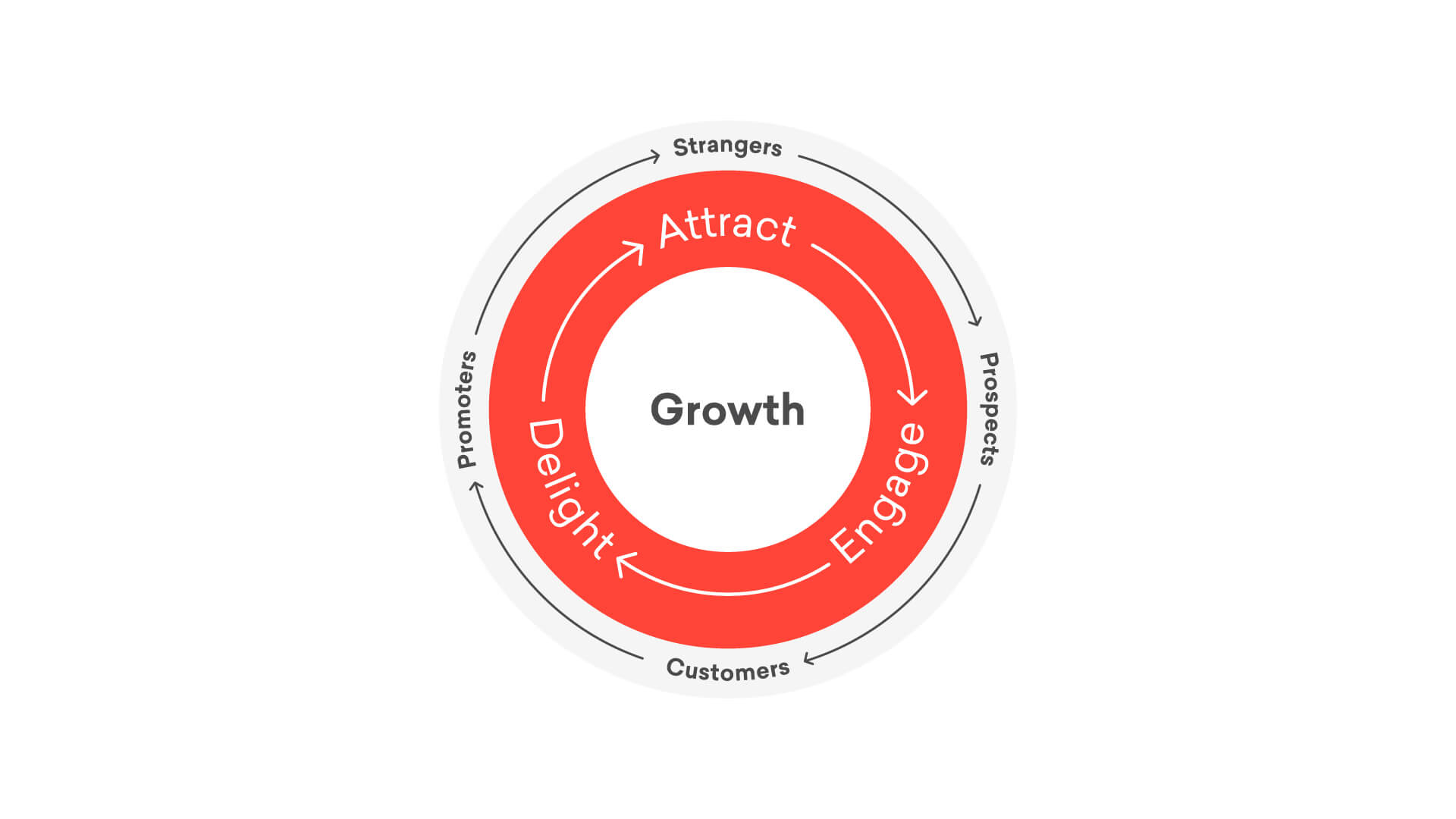Inbound Marketing vs. Content Marketing – what’s the Difference?
There is often confusion surrounding the terms inbound marketing and content marketing, as they are frequently used interchangeably. So, If you’re unsure about the differences between the two, you’re not alone. It can be tough to figure out which one is right for your business.
Inbound marketing and content marketing are two types of marketing methodologies that each have their benefits and drawbacks. It’s important to understand the key distinctions between the two to choose the right strategy for your business that will help you drive results around your specific goals.
Luckily for you, this article provides everything you need to make the best decision for your company with confidence! Keep reading to find a helpful comparison of content marketing and inbound marketing – including their top 5 differences, so you can easily figure out which one is better for your business.
Let’s dive into it!

Content Marketing and Inbound Marketing: Side-by-Side Comparison
While there is some overlap between these two marketing terms, key distinctions also set them apart. To understand the relationship between content marketing and inbound marketing, it is best to start with definitions of each.
What is Inbound Marketing?
Inbound marketing is a marketing approach that focuses on attracting customers to your brand through content and interactions that are relevant and helpful.
The main advantage of this approach is the possibility of creating a relationship with potential customers by providing them with the information they need – when they need it.
Once they are engaged, the goal is to build relationships with potential customers and generate leads that can be converted into customers. Inbound marketing effectively builds trust and credibility with potential customers and nurtures relationships with existing customers.
The inbound methodology, pioneered by HubSpot, is unique for its understanding of the customer’s journey. It uses a new visual representation of the customer’s journey in the form of the flywheel model.

The flywheel is a business model that emphasizes the importance of delivering an exceptional customer experience, which creates a virtuous circle leading to ever-increasing success. The success of your customers is essential to your success as a business. This is the whole idea behind this methodology.
What is Content Marketing?
Content marketing is a great way to connect with your target audience and build relationships with them. It’s a non-interruptive marketing approach that allows you to share valuable information with your customers that will help them become more informed.
The essence of this strategy is the belief that when businesses deliver consistent, ongoing, useful information to customers, they ultimately reward them with business and loyalty.
Your target customers might find different types of content helpful or interesting. Examples could include blogs, podcasts, infographics, or e-books. No matter what form the content takes, by providing your customers with valuable information that is both useful and engaging, you’re sure to keep them coming back for more.
Which Best Describes the Content Marketing and Inbound Marketing Relationship?
If you’re looking to connect with potential customers and provide them with content that solves their problems, inbound marketing is the way to go. Conversely, content marketing is simply the creation and distribution of valuable content across multiple channels.
So, is content marketing just part of inbound marketing?
Content marketing is one of the key components of inbound marketing (commonly besides SEO, social media marketing, digital advertising, e-mail marketing, etc.). It helps keep the flywheel spinning. By aligning the content you publish with your customer’s interests, you naturally attract inbound traffic that you can then convert, close, and delight over time. Also, creating quality content makes it easy for people to find, so you can reach a wider audience and build brand awareness.
Now that we’ve covered all the key elements that differentiate inbound and content marketing let’s take a quick look at each approach through the infographic.

Content marketing and inbound marketing are terms that get mentioned a lot in the marketing world and for a good reason. Both are effective marketing strategies that can help businesses attract and engage potential customers.
While inbound marketing is a holistic approach that considers every touchpoint in the customer journey, from awareness to conversion, content marketing focuses on creating useful and valuable content. Suppose you don’t publish content that addresses your ideal customer’s questions and solves their pain points. In that case, the inbound campaign will be ineffective, and your sales team will have difficulty converting leads into customers.
We hope this article has given you a better understanding of which marketing strategies would work best foes your business’s specific challenges. For more useful content, make sure to check out our blog page. You’ll even find tips on how to get the most out of your content and inbound marketing strategy.
If you have any further questions or want to see what content marketing strategy in the Inbound way might look like for your business, feel free to contact us, and we’ll be happy to chat.



